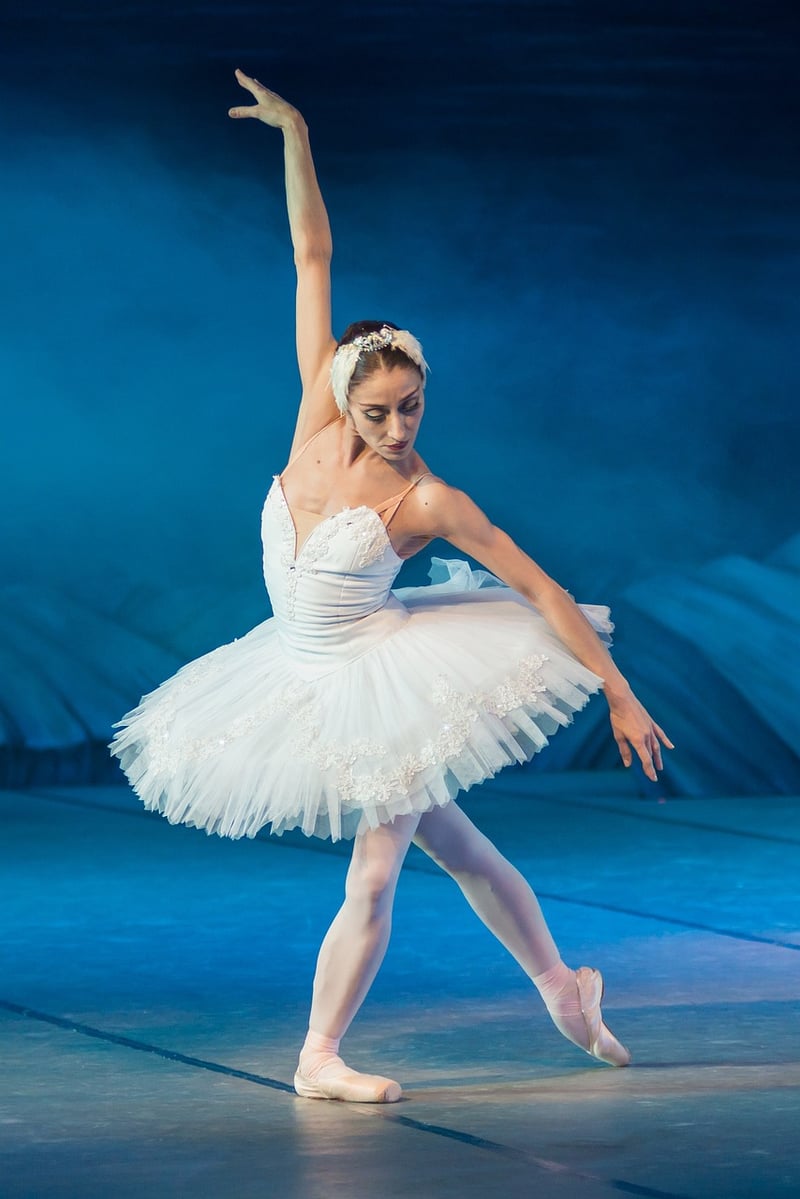Healing Choreography
The Healing Power of Dance: Enhancing Emotional Well-being Through Choreography
Dance has been a form of expression and communication throughout history, but its benefits extend beyond just physical fitness and entertainment. In recent years, the therapeutic effects of dance on emotional well-being have gained recognition. Whether through structured choreography or freestyle movement, dance has the power to heal the mind, body, and soul.
The Emotional Benefits of Dance
Dance can be a powerful tool for managing and improving emotional well-being. Here are some key emotional benefits of incorporating dance into your life:
- Stress Relief: Dancing allows you to release pent-up emotions and stress through movement, helping to reduce cortisol levels and promote relaxation.
- Emotional Expression: Dance provides a creative outlet for expressing emotions that may be difficult to put into words.
- Boosted Mood: Engaging in dance releases endorphins, the body's natural feel-good chemicals, which can elevate mood and reduce feelings of anxiety and depression.
- Increased Self-Confidence: Mastering dance moves and choreography can boost self-esteem and self-efficacy, leading to a more positive self-image.
- Connection and Community: Dancing in a group or with a partner fosters social connections, reducing feelings of loneliness and isolation.
Healing Choreography for Emotional Well-being
Choreographing dances specifically designed to promote emotional healing can be a transformative experience. Here are some elements to consider when creating healing choreography:
- Intention Setting: Start by setting an intention for your choreography, whether it's to release grief, find joy, or cultivate gratitude.
- Flow and Movement: Consider the flow of movement in your choreography to reflect the emotional journey you wish to explore.
- Breath and Mindfulness: Incorporate breathwork and moments of mindfulness into your dance to stay present and connected to your emotions.
- Symbols and Gestures: Use symbolic gestures and movements to convey specific emotions or experiences in your choreography.
- Music and Atmosphere: Choose music that resonates with your emotional theme and create an atmosphere that supports your healing process.
Remember, the beauty of healing choreography lies in its personal nature. Let your emotions guide your movements and allow dance to be a tool for self-discovery and emotional healing.
Conclusion
Whether you're dancing to your favorite song in your living room or choreographing a dance piece for emotional healing, the power of dance to enhance emotional well-being is undeniable. Embrace the transformative effects of dance and let movement be your medicine for the mind, body, and soul.
So, put on your favorite music, move your body, and let dance lead you on a journey of emotional healing and self-discovery.

Image source: Pixabay
